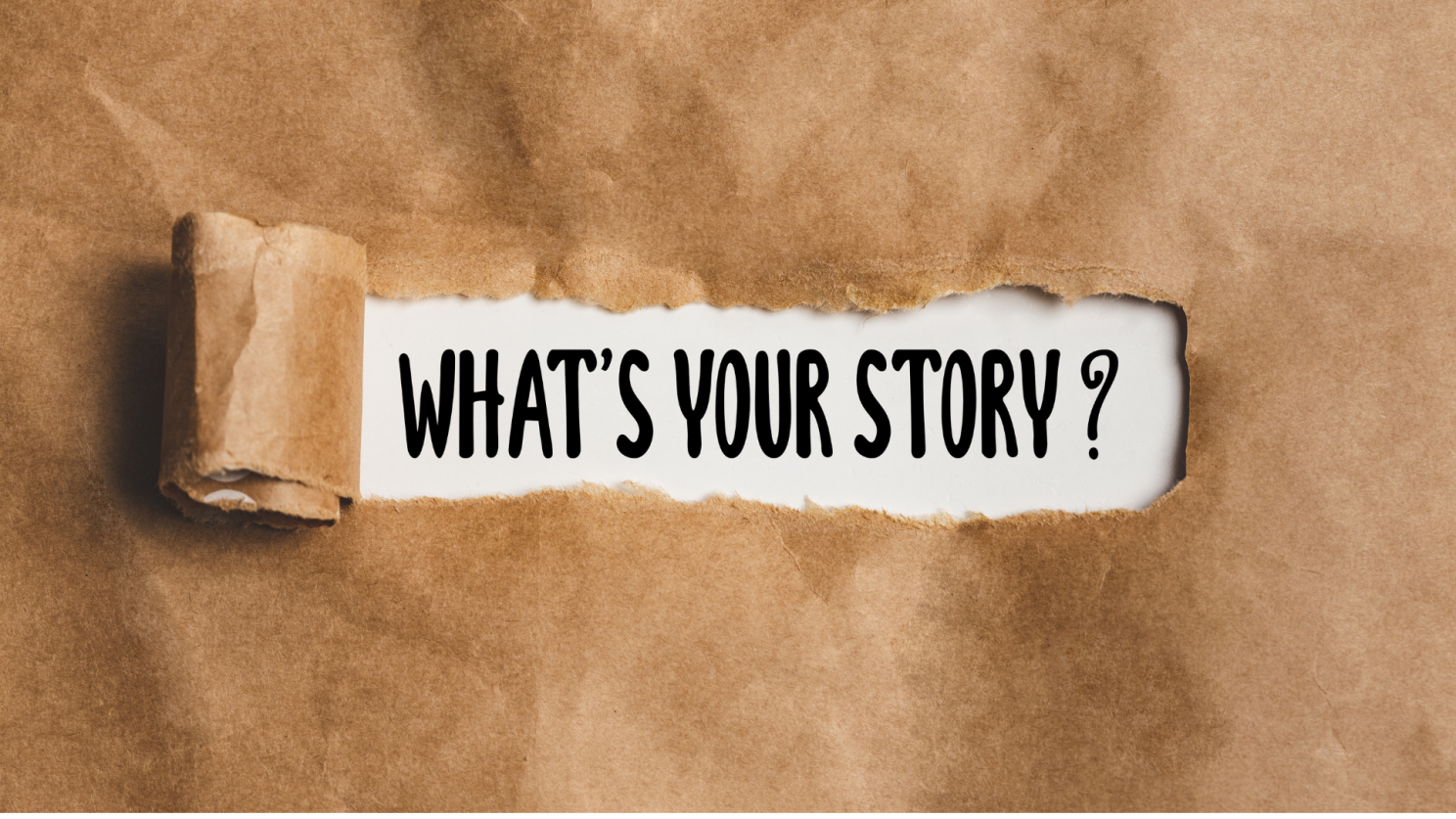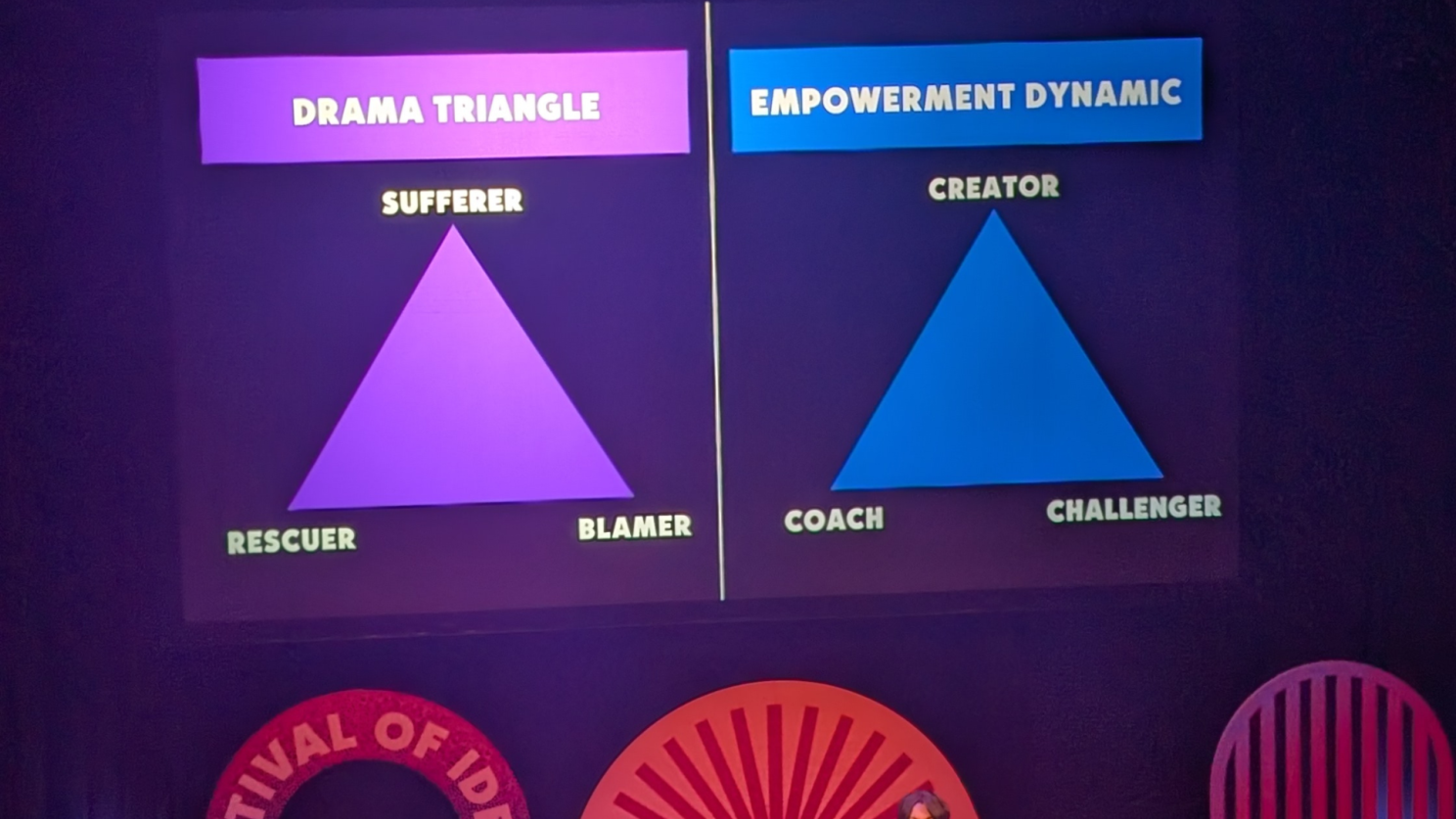From Pity to Empowerment: DEIB in Ethical Storytelling
In our household, daytime quiz shows are a beloved pastime. Due to our full-time commitments to work and school, we often record these shows to enjoy together in the evenings. On one particular evening, as we watched a recorded episode of Lingo, a charity advert appeared on the screen. It featured a malnourished child in Africa, accompanied by a call to action for donations.
My son turned to me and asked, "Mummy, is this what it’s like in Nigeria and Sierra Leone?" This question prompted a meaningful conversation about how a brief advertisement, like this one-minute clip, can convey an incomplete and sometimes skewed picture of an entire continent or even a single individual. I explained the delicate balance these ads attempt to strike—showing the urgency of the need while also acknowledging the complexity of someone’s life story. While I believe he grasped the concept—or at least tried to—it left me reflecting on the ethical challenges of storytelling.
As someone working in the third sector, I am acutely aware of the power storytelling holds. It has the ability to inspire action, raise awareness, and drive meaningful change. Yet, with such power comes a profound responsibility. Stories, if mishandled, can inadvertently cause harm or perpetuate stereotypes. This raises critical questions: How do we tell stories that inspire and generate hope while also supporting fundraising goals? Can we tell impactful stories without causing unintended harm?
What Exactly is Ethical Storytelling?
At its heart, ethical storytelling is all about respecting the people whose stories we’re telling. It’s about honouring their humanity, representing them authentically, and never using their experiences as a tool for sensationalism. In the non-profit sector, this is particularly important when working with vulnerable or marginalised groups, as it’s easy to slip into patterns of exploitation—whether intentional or not.
Think about it: we’ve all seen those glossy, heart-wrenching ads where people are portrayed as pitiful and desperate for help. It can be tempting to tell a compelling story that might tug at the heartstrings, but when we do this, we risk reducing someone to a stereotype—and we often forget to focus on their agency. Instead of showing the world as it is, we end up showing the world in a way that feels comfortable for us but doesn’t serve the people we’re actually talking about.
Why DEIB is Essential for Ethical Storytelling
Now, where does Diversity, Equity, Inclusion, and Belonging come in? Well, DEIB isn’t just a nice-to-have when it comes to storytelling; it’s an absolute must. These principles ensure that the stories we tell reflect the diverse and rich lives of the people we’re serving without tokenising them or exploiting their experiences. Here’s how DEIB can shape ethical storytelling:
Centre Marginalised Voices: The people we serve should be the ones leading the conversation about how their stories are shared. Instead of us telling their story, they should be empowered to tell it themselves, on their own terms. This is a powerful way to give them control over their narrative.
Challenge Power Dynamics: Nonprofits often work in spaces where there’s an imbalance of power—whether that’s economic, social, or cultural. By following DEIB principles, we ensure that we aren’t exploiting this power dynamic but instead using our platforms to empower individuals and communities.
Create Accountability: DEIB ensures that we constantly check ourselves. Are we perpetuating harmful stereotypes? Are we being respectful and responsible in how we tell stories? A strong DEIB framework helps us create a culture where we hold ourselves accountable and ensure we’re telling stories with integrity
Learning from Past Mistakes: Unethical Storytelling Gone Wrong
Sometimes, we can learn from the mistakes of others. Media and reality TV have often crossed the line when it comes to unethical storytelling, and it’s vital that we take a step back and examine how we can do better. Let’s look at some examples:
The Jerry Springer Show
This iconic talk show gained massive popularity by turning vulnerable people’s personal struggles into public spectacles. The guests, often from marginalised backgrounds, were thrust into situations that humiliated them for the sake of entertainment. While it made for riveting TV, it came at the expense of their dignity and well-being.
There’s Something About Miriam
This early-2000s reality show was built around a shocking twist: contestants discovered that one of the women they were competing for was transgender. Rather than using the opportunity to challenge stereotypes and promote inclusion, the show’s creators used Miriam’s gender identity as a tool for shock value, leading to public ridicule. The show was ultimately cancelled after its harmful exploitation of Miriam’s identity.
The Jeremy Kyle Show
A tragic case of unethical storytelling was seen in the confrontational reality show The Jeremy Kyle Show. The show’s sensationalist approach to people’s personal problems was coupled with a shocking lack of mental health support. When a guest tragically took their own life, it became clear that this type of storytelling—where the vulnerable are put on display for entertainment—was not only harmful, but deadly.
These examples highlight the dangers of sensationalism and exploitation. They remind us that the narrative we tell can have lasting effects on the people involved, sometimes with tragic consequences. Furthermore, they can offer critical lessons for the third sector, where storytelling plays a pivotal role in inspiring support and engagement.
The Drama Triangle vs. The Empowerment Triangle
You may have heard of the Drama Triangle, a concept developed by Dr. Stephen Karpman. In the Drama Triangle, there are three roles: the Victim, the Persecutor, and the Rescuer. The Victim feels powerless and oppressed, the Rescuer swoops in to save the Victim (often without being asked), and the Persecutor places blame or criticises the Victim. These roles can create toxic dynamics that keep people stuck in unhealthy patterns. Unfortunately, many traditional narratives in media and even in the non-profit sector tend to portray people in these roles. We often frame individuals as Victims needing to be rescued, reinforcing dependency rather than agency.
David Emerald Womeldorff offers a powerful alternative with the Empowerment Triangle. In this model, the roles are: Creator, Coach, and Challenger. Instead of focusing on victimhood, the Creator is seen as someone with the ability to shape their own reality and take control. The Coach provides support and encouragement without rescuing, while the Challenger inspires growth and challenges the individual to push through obstacles. By reframing stories in this way, we can shift from a focus on pity and dependency to empowerment and growth.
Nathalie McDermott, from Heard, beautifully encapsulates this shift, stating: “Away the victim-focused roles of sufferer, rescuer, and blamer; and towards the empowerment-roles of creator, coach, and challenger.” This quote really captures the essence of how we should approach storytelling. By embracing the Empowerment Triangle, we stop portraying individuals as helpless victims and start highlighting their agency, resilience, and the positive support systems that help them thrive. It’s about recognising the power people have within themselves to create change, rather than simply focusing on the challenges they face.
In the non-profit sector, embracing this mindset means telling stories that focus on people’s strengths, their journey towards empowerment, and the ways in which they challenge the systems that have held them back. It’s a more uplifting, respectful, and ultimately more hopeful narrative.
Guidelines from Ethical Content Leaders
A few organisations have been leading the way in establishing clear guidelines for ethical content. Here are some key findings:
Bond’s Ethical Storytelling Guidelines
Bond’s guidelines for international development organisations emphasise the importance of:
Informed Consent: Contributors must fully understand how their stories will be shared.
Responsible Portrayals: Ensure people are represented fairly and accurately.
Power Dynamics: Acknowledge and address any inequalities in the storytelling process.
Oxfam’s Ethical Content Guidelines
Oxfam’s guidelines focus on:
Ethical Gathering: Ensuring content is collected with respect and care for all involved.
Managing Content Responsibly: All content must be used in a way that upholds dignity and respects rights.
Authenticity: Content must reflect the truth and represent the person in a way that feels true to their experience.
NSPCC’s Research with Children Guidelines
The NSPCC’s guidelines ensure:
Safety and Inclusion: Children’s voices should be heard respectfully, and their safety must always be a priority.
Informed Consent: This is crucial, especially when working with younger individuals, ensuring that they understand the research process and their involvement.
So, What Can We Do?
Now that we’ve explored the ‘why’ and ‘how’ of ethical storytelling, what’s next? What can we do to ensure we’re telling stories with integrity? Here’s a simple call to action:
Empower the People You Serve: Let them tell their own stories. Empowerment is key, so make sure people retain control over how their narratives are shared.
Prioritise Informed Consent: Always, always get clear consent and ensure people understand how their stories will be used before, during, and after sharing.
Shift Your Focus: Move away from victimhood and focus on individuals' strength, agency, and resilience. Use the Empowerment Triangle to guide your storytelling.
Review and Reflect: Regularly check your content for biases, harmful stereotypes, or exploitative tendencies. Ensure your team is on board with ethical storytelling practices.
We have the power to shape narratives that reflect the dignity of the people we serve and foster real, lasting change. By embedding DEIB principles into our storytelling, we can create a future where all stories are told with care, respect, and integrity.
Join the Conversation
I hope Mabinty Esho's DEIB Digest inspires you to embrace and become an advocate for equity, inclusion, and belonging. If you’ve enjoyed reading this article and want to hear more of my thoughts, reflections, and insights, please like, comment, and subscribe!
Thank you for being a part of this journey towards a more inclusive and equitable world. Together, we can create a world where everyone feels seen, heard, and valued.
Until next time, stay curious, stay kind, and keep shining!


